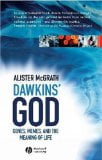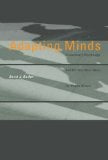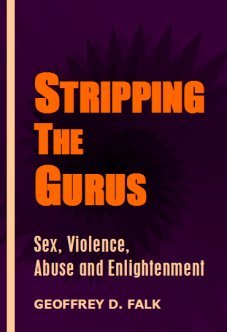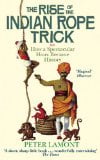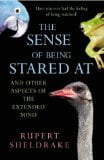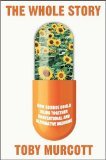 The Whole Story: Alternative Medicine on Trial?
The Whole Story: Alternative Medicine on Trial?
by Toby Murcott
Macmillan, £16.99 (hb), ISBN 1403945004
Murcott, who trained as a biochemist, writes on complementary and alternative medicine (CAM) for The Times. He also (according to this book’s introduction) took his sick cat to a homeopath. The Whole Story deals with the methods and difficulties of testing CAM treatments. The subject would make a good book, but this isn’t it. It’s waffley and over-simplified. Essential points, like an explanation of clinical trials, and interesting insights – for example, that the middle classes go private or to CAM practitioners to buy time – are hidden in featureless blocks of text. Murcott fails to define words like placebo and dualism on first mention, takes too long to get to the point and doesn’t give enough illustrative material.
I’d love to read a genuinely holistic approach to the subject: one that turned a critical gaze on practitioner, client, experimenter and writer. It would include a history of the rhetoric (“the how is not important”) and an account of the psychology involved: e.g. avoidance of cognitive dissonance (“I’ve given hundreds of pounds to this nice friendly person, their treatment must be working”); why people don’t take prescribed drugs; how expectations affect outcomes. Can questionnaire results be trusted? Doesn’t everybody tell market researchers they go to the theatre three times a week? Do people want to be cured or happy? Would doctors see a higher success rate if they handed out dollops of flattery and sycophancy with the prescription?
This book might be useful to someone interested in CAM but with little knowledge of treatment testing, who wouldn’t read anything with a “hostile” approach.
Though Murcott is indulgent to CAM, he covers the methods and difficulties of testing, and he doesn’t hector or preach. But I’d much rather read a collection of his Times columns, which give the (orthodox) research results so far for the CAM treatment of the week.
Lucy Fisher

